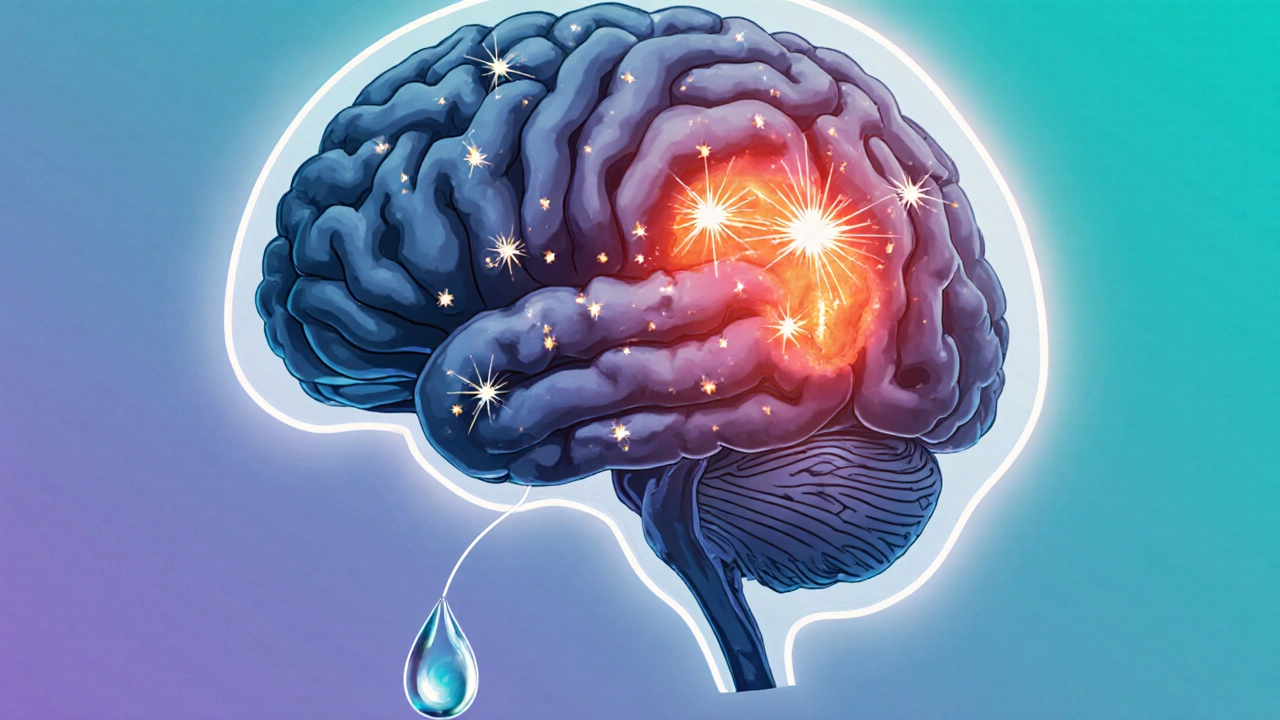Emotional Dysregulation: Why Indian Quotes and Poetry Capture Raw Feelings
When someone says emotional dysregulation, the difficulty in managing or responding to intense emotions in a balanced way. Also known as emotional instability, it’s what happens when joy feels too loud, sadness too heavy, and silence too loud. You’ve felt it—when a text from someone you care about leaves you staring at your phone for hours, or when a single line from a poem hits you like a punch. This isn’t weakness. It’s human. And in India, where feelings are rarely spoken outright, they’re poured into poetry, WhatsApp statuses, and quiet quotes that say what words never could.
That’s why Indian love status, short, emotional messages used on social media to express romantic feelings don’t just say "I miss you." They say, "Your silence feels louder than your voice ever was." That’s emotional dysregulation turned into art. Same with friendship quotes, lines that capture the depth of long-term bonds beyond casual companionship. When someone writes, "You knew me before I knew myself," they’re not being poetic—they’re naming a truth that’s too raw to say out loud. Even spiritual quotes, wisdom from ancient texts used to find peace amid inner chaos from the Upanishads aren’t just philosophy. They’re lifelines for people drowning in unspoken pain, grief, or loneliness.
What you’ll find in these posts isn’t just a list of lines. It’s a map of how millions in India cope—through words that don’t ask for help, but still scream for it. You’ll see how a single phrase can carry the weight of years. How a birthday wish hides a fear of being forgotten. How a ghazal about separation isn’t just about love—it’s about losing control of your own heart. These aren’t random quotes. They’re survival tools, written in rhythm, wrapped in culture, and shared in silence. Below, you’ll find the exact lines people turn to when they can’t say what they feel. No fluff. No filler. Just truth, stitched into words.
Explore why ADHD often leads to easy crying, the brain chemistry behind it, and practical strategies to manage emotional sensitivity.
More